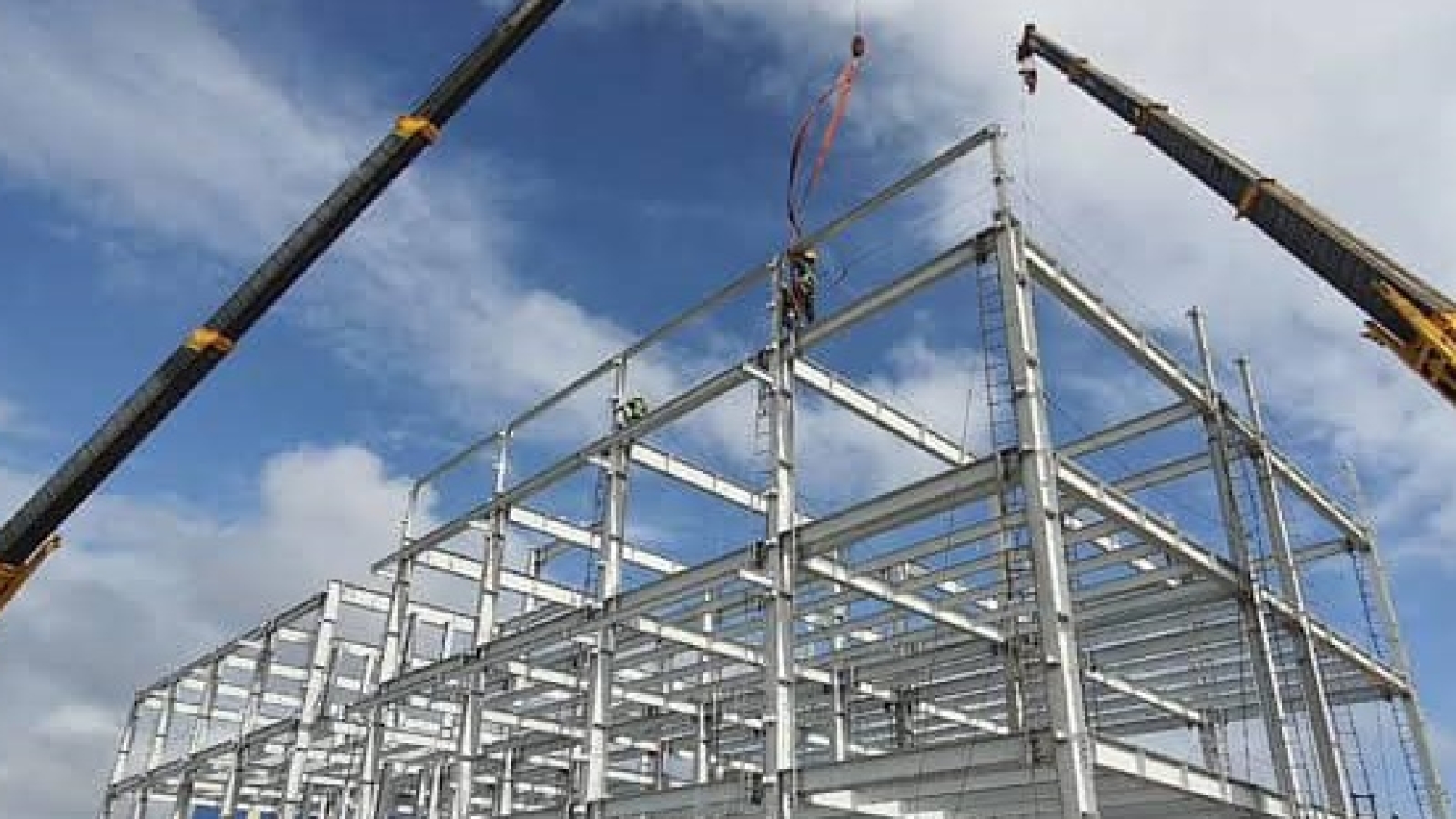In contemporary construction, steel has become one of the most sought-after materials due to its versatility, strength, and sustainability. From skyscrapers to residential complexes, steel structures play a crucial role in modern architecture. Here are some of the key advantages that make steel an ideal choice for today’s building projects:
1. Strength and Durability Steel is known for its high strength-to-weight ratio, making it an excellent choice for supporting large structures without adding excessive weight. Its durability allows buildings to withstand harsh weather conditions, such as strong winds, earthquakes, and heavy snowfall. This makes steel a reliable option for both commercial and residential architecture that requires long-lasting stability.
2. Design Flexibility One of the standout features of steel in architecture is its flexibility in design. Steel can be shaped into almost any form, allowing architects to experiment with complex and innovative designs that wouldn’t be possible with traditional materials like wood or concrete. This adaptability gives architects the freedom to create unique structures, whether it’s a minimalist office building or a futuristic skyscraper.
3. Faster Construction Times Steel structures can significantly speed up the construction process. Pre-engineered steel components are often fabricated off-site and then quickly assembled on-site, reducing labor time and costs. This efficiency is particularly beneficial for large-scale projects with tight deadlines or for modular construction where rapid assembly is critical.
4. Sustainability Steel is highly recyclable, making it an environmentally friendly choice for construction. Many steel structures are built using recycled materials, which reduces the environmental impact of new buildings. Additionally, steel buildings are energy-efficient, as they can be insulated to maintain temperature, thus reducing heating and cooling costs for occupants.
5. Resistance to Fire and Pests Steel is non-combustible and highly resistant to fire, making it a safer option compared to wood or other flammable materials. It is also impervious to termites and other pests that can damage traditional buildings. This resistance ensures that steel structures have a longer lifespan with lower maintenance costs.
In conclusion, the advantages of steel structures in modern architecture are clear. They provide unmatched strength, design versatility, sustainability, and safety, making them an ideal choice for a wide range of architectural projects. As the construction industry continues to evolve, steel’s role in shaping the future of architecture is more vital than ever.


Add a Comment